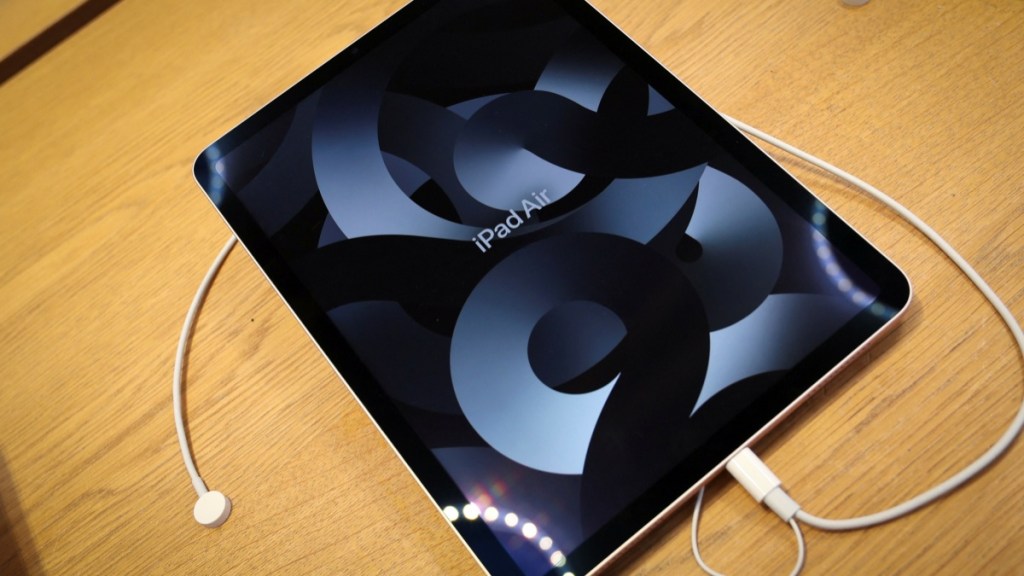If you ever, for that tiny fraction of a second, come across a situation where you broke your iPhone or MacBook, Apple has you covered. In place of sending your device for repair, Apple has a provision of Self Service Repair that allows the user to follow certain steps and get their device fixed. But there might be some issues with fixing your iPad (and perhaps cutting some corners).
Also Read: Twitter is now “X” on Apple’s App Store, tagline reads “Blaze Your Glory”
Your Apple Pencil might not work properly if you replace the screen on your iPad Pro with a screen from another iPad or a non-original Apple component. According to Forbes, a repair specialist claims that Apple has integrated a function from its iPhones into its iPads. This feature is known as serialisation, and this makes it challenging for independent repair providers to swap out broken parts with non-Apple components.
People at times may opt to swap their broken screen with a non-original screen to go a little lighter on their pockets. But the story with the original parts is quite different. Specific chips, which are only compatible with genuine Apple parts, are used to connect the original components to the logic board of the iPhone. Serialisation was first used on iPhones, but it is currently also being utilised on iPad Pro models.
As a result of such a capability, users who cannot afford the original replacement may find themselves deprived of the proper functioning of their device. The fifth and sixth generations of the 12.9-inch iPad Pro, as well as the third and fourth generations of the 11-inch iPad Pro, all exhibit the problem of the Apple Pencil failing to draw straight lines on iPad screens. A repair professional found this issue after replacing the customer’s iPad screen with one from another iPad.
As per the repair expert’s claim, if a user replaces the screen of a newer version of the iPad with another iPad’s screen, it was found that Apple pencil strokes do not work properly. This happens since the memory chip of the screen is programmed in such a way that it allows the Pencil to work only when the screen is in proper connection with the original logic board.
This functionality implies that if a user encounters damaged models or comes across a situation where they damage a device then they have to go for the original part as the replacement, or else they would face problems in terms of the device’s functionality.
Apple is probably worried about utilising third-party display repair because if it identified a replacement screen, it might disable the Face ID security function that is needed to log into certain iPhones and iPads. Furthermore, Apple replaces the iPad if there is a display problem rather than offering display replacements.
Historically, Apple has been wary about using third-party replacements. Previously, the tech giant was seen disabling Face ID on iPhones when it encountered any third-party repairs. Though notably it made some improvements in the area but the issue continues. Moreover, if a user replaces the Apple battery with any third-party battery on their iPhones, it impacts the overall battery health.
Also Read: Apple made shoes are up for sale for over Rs 40 lakh, here’s what so special about it
Apple’s setup with its self service feature and the above mentioned feature pushes one to only reply on the original parts, and that might come with a “cost” which could go a little hard on the pockets.
Follow FE Tech Bytes on Twitter, Instagram, LinkedIn, Facebook








